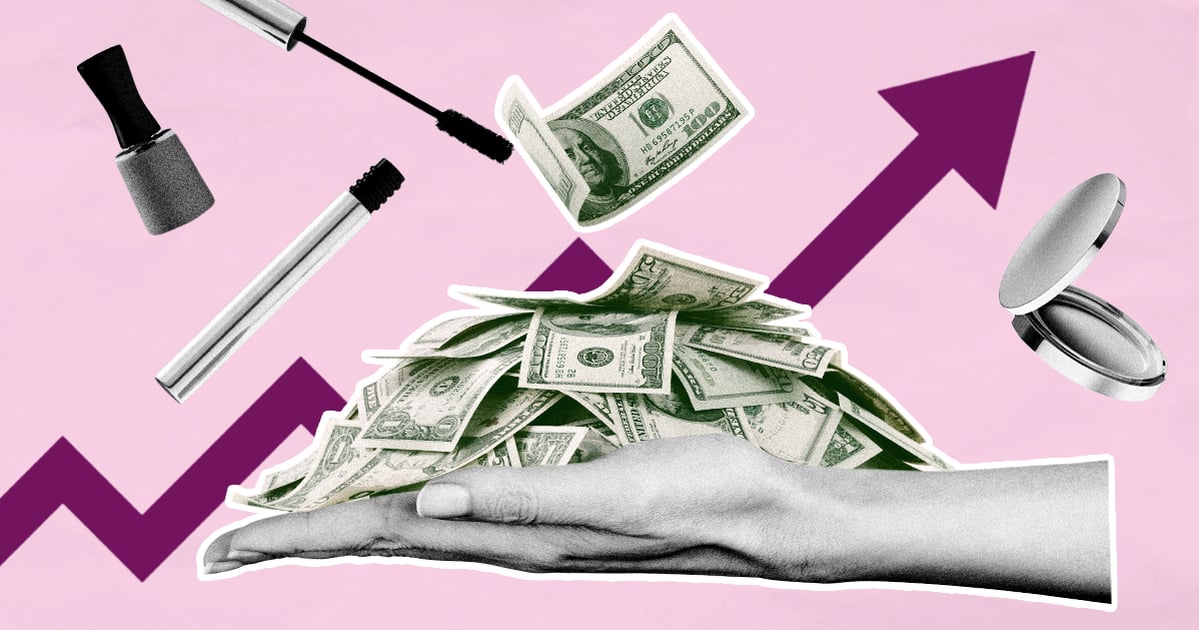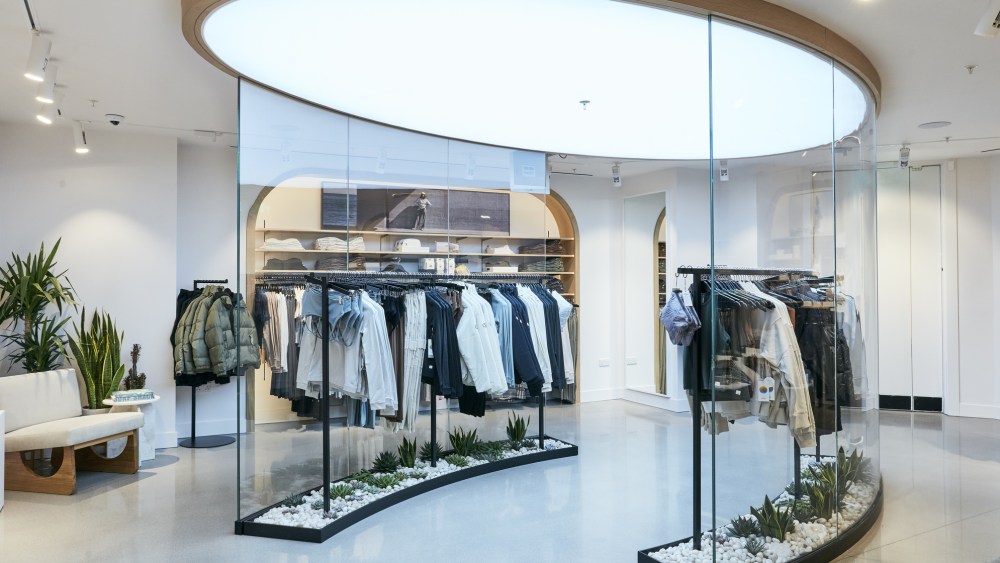“I just got my team shirts that say, ‘Next week, things chill out,'” says New York-based aesthetician Sofie Pavitt, founder of skincare brand Sofie Pavitt Face. It’s ironic, of course, in light of the volatile market and current trade war impacting the beauty industry at large. “We don’t really know when things will chill out.”
Chaos doesn’t bode well for any kind of business, especially ones reliant on foreign imports that are now being taxed egregiously. While much is uncertain, it’s clear this trade war will affect almost every sector of the beauty industry, from makeup to skincare to Botox injections. “I believe nearly every brand will feel some level of impact from the tariffs,” predicts Cierra Sherwin, the founder and CEO of First Production Beauty, a beauty consulting company.
Here, the people behind some of your favorite brands are sharing what they want you to know about the impact of tariffs on the beauty industry.
Experts Featured in This Article
Charlotte Palermino is the cofounder and chief brand officer of Dieux.
Sofie Pavitt is an aesthetician and founder of skincare brand Sofie Pavitt Face.
Agatha Relota Luczo is the founder and CEO of Furtuna Skin.
Claire Loughran is the cofounder of & Tread Well.
Cierra Sherwin is the founder and CEO of First Production Beauty.
Robert Schwarcz, MD, is a New York-based plastic surgeon and aesthetics expert.
How Global Trade Tariffs Impact the Beauty Industry
Generally speaking, these tariffs affect three key parts of the beauty supply chain: raw materials, manufacturing, and component packaging.
Global Ingredients
Most beauty brands import raw ingredients – like the oils and plant extracts used in their products – from countries where those ingredients are naturally abundant.
For example, skincare brand Furtuna grows and harvests its ingredients on a regenerative farm in Sicily. Brand founder Agatha Relota Luczo says that US tariffs are a serious concern as they’ll impact the cost of bringing these high-quality, potent, wild-forged naturals into the US.
Pavitt says that despite being a US brand, most of her raw materials are imported from foreign suppliers. This is the norm for many brands. Simply put, the US doesn’t have the infrastructure to grow and harvest skincare ingredients, which is why we import them. “To make a [skincare] ingredient here in the United States, you’d need to find the investment, then the farmland, then grow it, then process it and test it to ensure it’s at the same standard,” says Charlotte Palermino, the cofounder and chief brand officer of skincare brand Dieux. “All of this takes years.”
Component Packaging
Beauty brands are also contending with heavy tariffs on their component packaging – think the metal tip on your lip balm or the airless pump inside your moisturizer. Chinese manufacturers have developed best-in-class packaging technology, which is why beauty brands have come to rely on them almost exclusively. “There are some packaging facilities in the United States, but they don’t have the same capabilities as the prices you’re seeing coming out of China,” Palermino says.
Again, this problem cannot be solved by onshoring component production. “The TL;DR is that there isn’t manufacturing capability in the US to make these components,” Pavitt says.
International Manufacturing
Many injectables, like Botox and filler products, rely on international manufacturing and are thus subject to tariff-driven price increases, too.
While it’s a household name in the US, Botox Cosmetic, a product of Allergan Aesthetics, recently acquired by AbbVie, is produced in Ireland and then imported here. Botox alternatives are international, too. “Dysport, manufactured by Galderma, is primarily produced in Canada, Sweden, Brazil, and France,” says New York-based plastic surgeon Robert Schwarcz, MD. The list goes on and on. It’s a similar story for hyaluronic-acid filler products.
Beauty tech devices – most manufactured in China – are now subject to super-high import duties, which have already affected prices. In late April, Foreo, the Stockholm-based skincare device company with manufacturing operations in China, raised prices by 20 to 30 percent.
What to Know About Pricing
Tariffs may also erode accessibility by making affordable beauty products less affordable. Mass market brands operate on high-volume imports from China in order to retail at a low price point in the US.
“So any cost increases resulting from the tariffs are more likely to be passed directly to the consumer,” says Sherwin. “As a result, shoppers in this segment may notice pricing shifts sooner than those purchasing from prestige or luxury brands.” Translation: tariffs will impact beauty-product buyers with the least spending power.
That said, the current sentiment from Pavitt and many other brand founders is to stay calm and keep prices stable. “There’s a lot going on, but I don’t think it’s fair to pass that panic on to a customer yet when we don’t know how it’s going to shake out,” says Pavitt.
Claire Loughran, cofounder of & Tread Well, says her plan is to initially try to absorb the increased tax on international imports. “That’s our goal. And if we do have to make them, we’re hopeful that price changes will not be too drastic,” she says.
The price of in-office injectables, such as Botox and filler products, also remains unchanged for the time being at many businesses. “I’m holding off on making any changes until there’s more clarity around the specific tariffs – especially which countries and products are affected,” says Dr. Schwarcz.
It’s still too early to tell when we can expect any changes to take effect, but most brands and companies are in a holding pattern until there’s more data on how tariffs affect margins. “Early next year is when you’ll start to see price differences,” predicts Pavitt. “I’m guessing more companies will wait until 2026.”
So What Does This Mean?
Pivots are happening in real time, and pricing remains precarious. “By the time I answer your question, another tariff could be placed on another good or country,” says Palermino.
This may lead to less spending. “From a consumer behavior standpoint, we could see people purchasing more selectively or rebuying less frequently,” says Sherwin.
However, Pavitt is confident that the beauty industry will fare better than others. “It’s definitely going to raise prices, but I’m slightly hopeful that the beauty industry isn’t going to be as crazily impacted as, say, a car company or a handbag company,” she says.
Megan Decker is a freelance writer and editor based in New York City. Formerly the beauty editor at Refinery29, Megan has worked in editorial for over seven years, frequently covering emerging trends and profiling celebrities.




